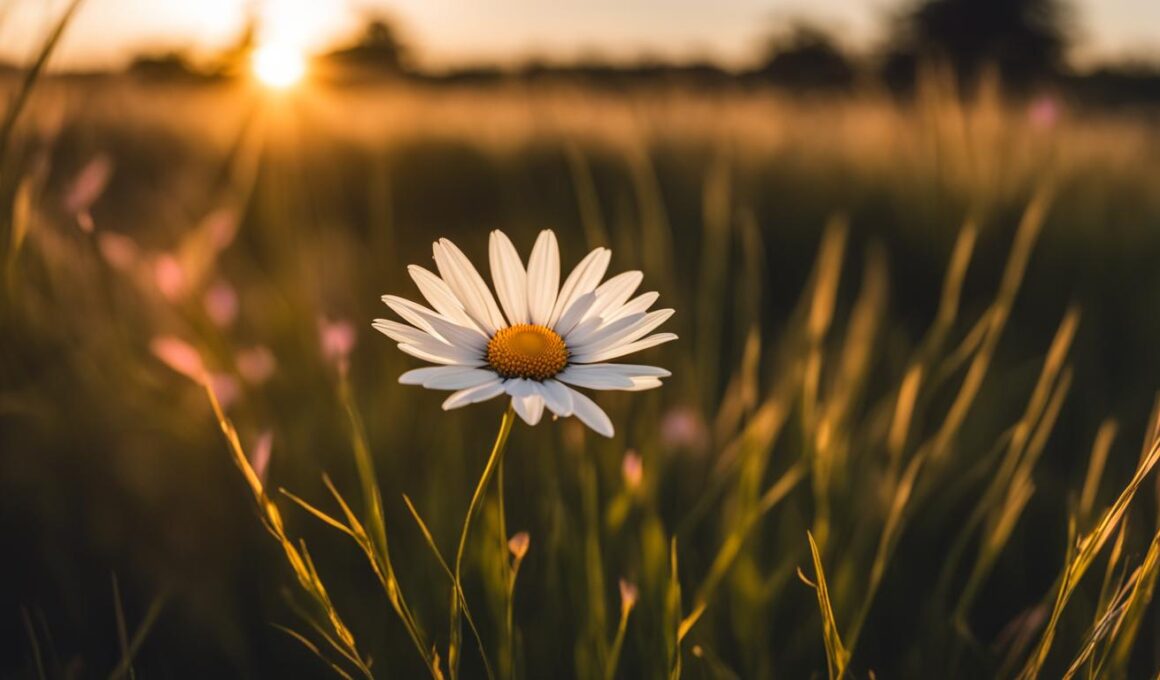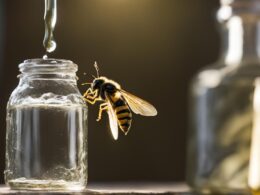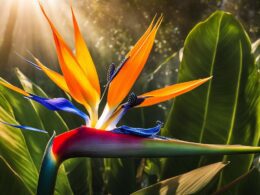Daisies have multiple meanings and symbols associated with them. In the Victorian Era, daisies were seen as a symbol of innocence, loyalty, and the ability to keep secrets. The different colors of daisy flowers also have specific symbolic meanings. White daisies symbolize purity and innocence, yellow daisies represent friendship and joy, pink daisies symbolize platonic love and gentleness, orange daisies symbolize joy and excitement, red daisies symbolize deep romantic love, purple daisies symbolize spontaneity and peace, and blue daisies symbolize trust and loyalty. The daisy flower is often associated with new beginnings, purity, and innocence. It is a versatile flower with different symbols and meanings.
Daisy Flower History & Insights
The daisy flower has a rich history and is intertwined with various mythologies and cultures. In ancient Greek mythology, daisies held significant meaning and were associated with the goddesses Aphrodite and Artemis. These delicate blooms were believed to represent fertility and the cycle of life. Similarly, in Norse mythology, daisies were linked to the goddess Freya, symbolizing her connection to love and beauty.
The Celtic people regarded daisies as a symbol of the sun, considering them a sign of good luck and prosperity. Associated with purity and innocence, daisies played an essential role in their daily lives. Additionally, ancient Egyptians believed that daisies represented fertility and bestowed good fortune upon those who possessed them.
Throughout history, daisies have not only held symbolic value but have also been utilized for medicinal purposes. Physicians during the 18th century recognized the healing properties of daisies and applied them to treat wounds. Even King Henry VIII turned to daisies to address various health issues, showcasing their versatility in traditional medicine.
Today, daisies continue to be utilized in alternative medicine for their potential medicinal benefits. These vibrant flowers offer various health properties and can be incorporated into different remedies. It is worth noting that daisies are also edible, offering a fun and creative way to enhance culinary creations.
Explore the captivating history and multifaceted nature of daisies as they continue to delight and inspire with their beauty and meaning.
Popular Types of Daisy Flowers
When it comes to daisy flowers, there is a wide variety to choose from, each with its own unique characteristics and colors. Whether you’re looking to add a pop of color to your garden or create stunning floral arrangements, daisies have you covered. Here are some popular types of daisy flowers:
- Cape Daisy or African Daisy: With their vibrant color gradients and two rows of overlapping petals, Cape daisies are a stunning addition to any garden or bouquet.
- Gloriosa Daisy or Black-Eyed Susan: Gloriosa daisies not only attract bees and butterflies, but they also have striking dark centers, which contrast beautifully with their vibrant petals.
- Shasta Daisy: Shasta daisies are renowned for their large yellow centers surrounded by white petals. They make excellent cut flowers and can brighten up any space.
- Gerbera Daisy: Known for their wide range of colors, gerbera daisies are a popular choice for floral arrangements. They have a long vase life, ensuring your bouquet stays fresh for longer.
- Australian Paper Daisy: If you’re looking for a burst of color in your spring garden, Australian paper daisies are the way to go. These daisies bring vibrant hues and last a long time when cut.
Each type of daisy flower adds its own beauty and charm to any setting. Whether you prefer the gradient colors of Cape daisies or the striking dark centers of Gloriosa daisies, there’s a type of daisy for everyone. Experiment with different varieties to create stunning floral compositions or bring joy to your garden.
Do Daisies Symbolize Anything to Deer, and Does It Affect Their Eating Habits?
Daisies do hold significance for deer, as they are attracted to the bright, white petals. However, their affinity for daisies does not impact their eating habits towards other flowers. While deer primarily eat tulips, they may also feed on daisies if they are within reach.
Conclusion
Daisies hold a deep cultural significance and are rich in symbolism across various cultures and traditions. These timeless flowers are often associated with innocence, purity, new beginnings, and friendship. The different colors of daisies hold specific meanings–white daisies symbolize purity and love, yellow daisies represent joy and friendship, pink daisies symbolize gentleness and platonic love, and so on.
Daisies have also played a significant role in mythologies and religious symbolism throughout history, representing love, beauty, and the cycle of life. They have been admired and cherished for their versatility and beauty, often used in bouquets, decorations, and even alternative medicine. These vibrant flowers continue to bring joy and meaning to people’s lives, whether given as a gift or enjoyed in a garden.
With their timeless appeal and cultural significance, daisies remain a beloved flower that adds charm and elegance to any occasion. Their symbolic meanings make them a cherished choice for expressing emotions and celebrating special moments. So, embrace the beauty and symbolism of daisies and let their vibrant colors and delicate petals create lasting memories.









